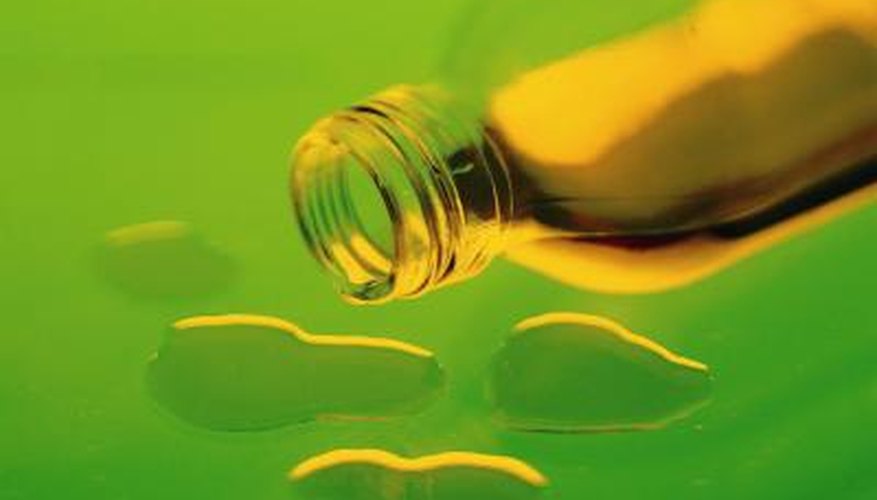Cytoplasm, according to the Franklin Institute, is a gelled substance that fills each cell in every living thing. Made mainly of proteins and fat, cytoplasm gives cells their shape and hold cell organelles in place. It uses cytoplasmic streaming to move things in, out and inside cells. Without cytoplasm, cells could not survive.
Help your students remember this by creating your own "cytoplasm" in the classroom. As students play with the cytoplasm, they can discuss its functions and commit the facts to memory.
- Cytoplasm, according to the Franklin Institute, is a gelled substance that fills each cell in every living thing.
- As students play with the cytoplasm, they can discuss its functions and commit the facts to memory.
Add 2/3 cup of the water, the laundry borax and about 2 tsp of food colouring to a large bowl.
Stir the ingredients with a wooden Popsicle stick until they're thoroughly mixed. Try using green for plant cytoplasm and yellow for animal cytoplasm.
Pour 4 cups each of water and school glue into the large bowl.
Stir with Popsicle sticks (everyone can help) until the mixture is thoroughly mixed together. Don't use a metal spoon; the borax will eat away at the metal and tarnish or ruin it.
- Stir the ingredients with a wooden Popsicle stick until they're thoroughly mixed.
- Stir with Popsicle sticks (everyone can help) until the mixture is thoroughly mixed together.
Ask everyone involved to remove jewellery on their hands and tuck in their necklaces. The cytoplasm eats away at any of these items.
Turn the cytoplasm out onto a piece of waxed paper. It should look and feel like a cross between jelly and clay. Pinch off one piece for each student, reminding them not to eat the cytoplasm.
TIP
Pre-measure one-fourth of this recipe into cups if you have a large classroom of older tweens or teen students. They'll enjoy mixing the cytoplasm themselves. Make organelles from clay and stick them into the cytoplasm. You can also put a ton of cytoplasm in a fish tank and build a classroom cell. Let each student make a different organelle.
